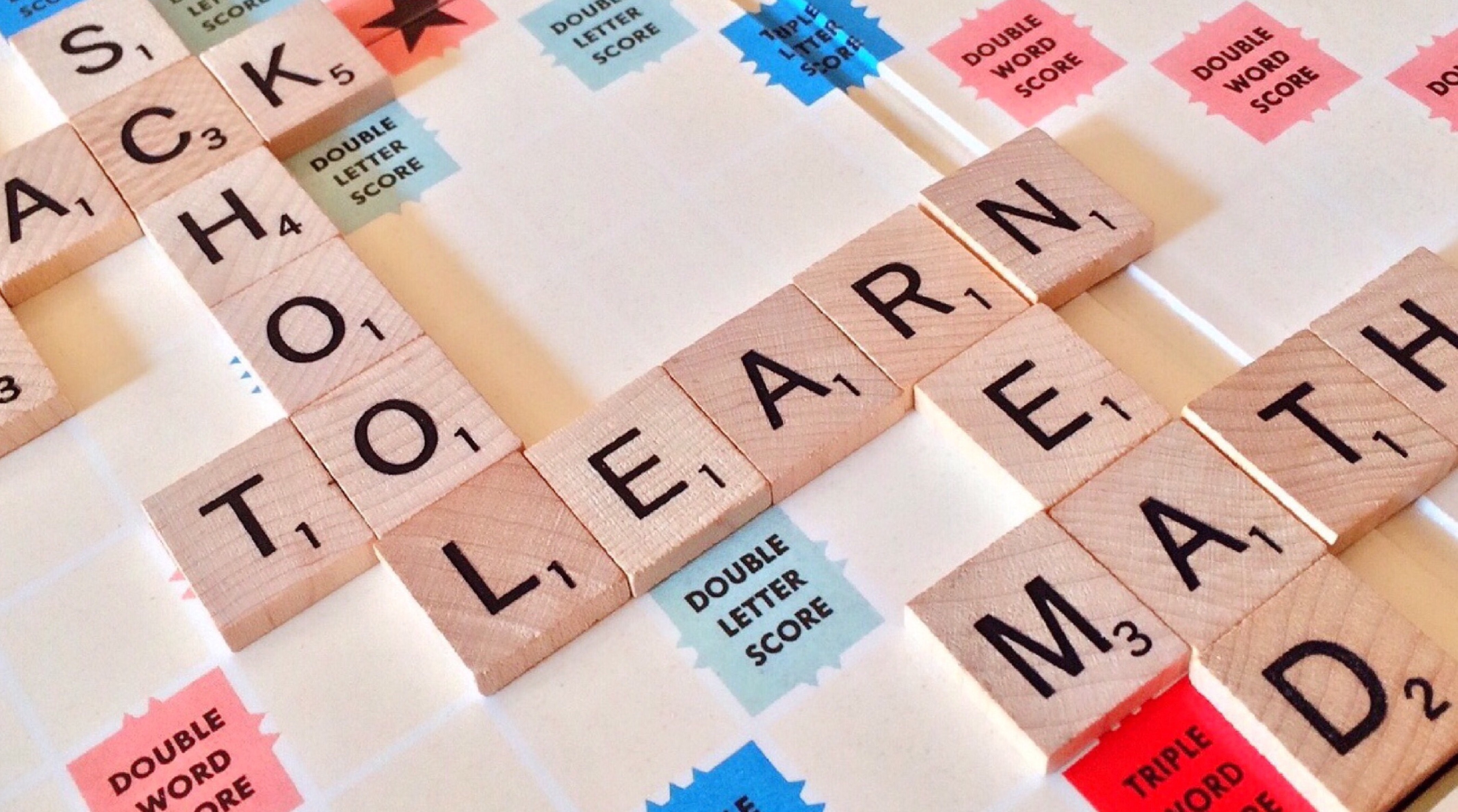In a recent, much talked about study at the University of Maryland, researchers found that people remember information that’s presented in an immersive environment better than information obtained from a desktop computer or tablet. If virtual reality can really help students remember information and therefore learn better, the implications for the future of education are great. Indeed, AR and VR are creeping into classrooms, from K-12 to higher education, as teachers and tech companies pursue XR (AR, VR, MR) technologies to engage students and improve learning outcomes across the board.
Before there were plenty of affordable mobile AR apps, before WebVR, and before the likes of Oculus Go; augmented and virtual reality tools were out of most school budgets. Now with immersive technology proving its merits in research projects and tech giants like Google and Microsoft creating programs to bring the tech to students; XR is becoming a realistic option for educators.
In addition to creating more engaging and impactful learning experiences, XR can be used for lesson planning, teacher training, and online education. XR also has the potential to even the playing field somewhat by bringing previously inaccessible experiences and resources to students in low-income communities in virtual form. Here are some of the most promising XR initiatives and solutions in the education sector:
Google Expeditions
Recently, Google added augmented reality features to its popular virtual field trip app Google Expeditions. The new features include narration, annotations and a solo mode for going on guide-less trips. Now, students can use a smartphone or tablet to view and interact with digital 3D objects like African animals and Da Vinci’s inventions in the classroom around them.
In the 2018 school year, as part of its Expeditions Pioneer Program, over a million public school students tried the updated app to visit famous world landmarks, travel to ancient Rome, explore the human body up-close, and more. Students were able to use the app to bring abstract concepts like earthquakes and the Periodic Table to life.
For every school in the pioneer program, Google provided devices, software support, and training for teachers. In return, Google has been able to grow its footprint and gain insight into what teachers really need from next-gen XR teaching tools. Google also introduced Tour Creator, a web-based tool that lets schools create their own VR tours – complete with narration, interactive overlays, etc. – by knitting together 360-degree photos. The final experience can be viewed on a Google Daydream or Cardboard VR headset, or with a phone, tablet or web browser.
zSpace Laptop
zSpace’s latest product, the zSpace Laptop, is “the world’s first AR/VR laptop” designed to make immersive education more collaborative and creative. Integrating elements of both augmented and virtual reality, the zSpace Laptop allows students to physically manipulate virtual simulations of complex concepts such as energy, motion, molecules, and organisms. Students can use a special stylus to lift images from the laptop screen, turning them into dynamic 3D objects that can be examined through lightweight, untethered and polarized (smart) glasses.
zSpace introduced its VR experience for elementary, middle and high school learners several years ago. Today, students in over 800 U.S. school districts, technical centers, medical schools and universities learn with zSpace’s technology. Atlanta Public Schools will be one of the first to introduce the new zSpace Laptop to students. The tool comes with built-in applications, including zSpace Studio, zSpace Newton’s Park, and zSpace Curie’s Elements.
Microsoft’s Limitless Libraries Fund
This past year, Microsoft announced a new grant program open to U.S. libraries interested in adopting mixed reality technology. MR, according to Microsoft, can increase student engagement and improve both learning efficiency and retention. The Limitless Libraries Fund will offer resources to school and public libraries that successfully apply, giving priority to institutions with STEM programs that serve a high percentage of underserved youth. Each grant recipient will get two Windows Mixed Reality headsets (minimum) plus compatible computers, technical training and assistance, and access to other program members.
Microsoft plans to distribute mixed reality gear to 20 libraries in the first iteration of the grogram, announcing the grant recipients by end of this summer. Company reps will work closely with the librarians involved to determine what needs to improve.
Ricoh’s Clickable Paper Solution
Introduction to Graphic Communication, Second Edition, written by John Parsons and Dr. Harvey Levenson and hailed by Ricoh as the “first AR textbook,” hints at the future of print in education. The college-level primer is powered by Ricoh’s Clickable Paper, an authoring tool, cloud server and mobile app that enhances traditional print with interactive digital content by embedding AR triggers or hotspots in 2D printed text. Studying the book in real-time with the Clickable Paper app open, readers can unlock online content like forums and videos by pointing their phones or tablets at its pages.
The absence of design-disrupting markings like QR codes means a textbook created with Clickable Paper can be updated as frequently as needed, thereby reducing future versioning and associated costs for both publishers and students. The result is a hybrid learning experience that transforms print into an interactive experience.
The possibilities of using XR to improve learning – to make learning faster and knowledge “stick” longer– comes at the right time, as educators try to prepare kids for the future workforce. Yes, exposing students to immersive technology now will help them gain practical computer science skills for future AR and VR positions. Beyond that, ensuring that young people are familiar with using XR will help them prepare for jobs that may not even exist yet—roles for which they’ll need to train quickly and be required to use AR and VR work tools. And while some educators and parents are wary of the unknown, long-term effects of XR on children, the technology is here to stay. It’s time for teachers K-12 and above to begin figuring out how to responsibly and meaningfully incorporate XR into the classroom. Gen Z is counting on it.



